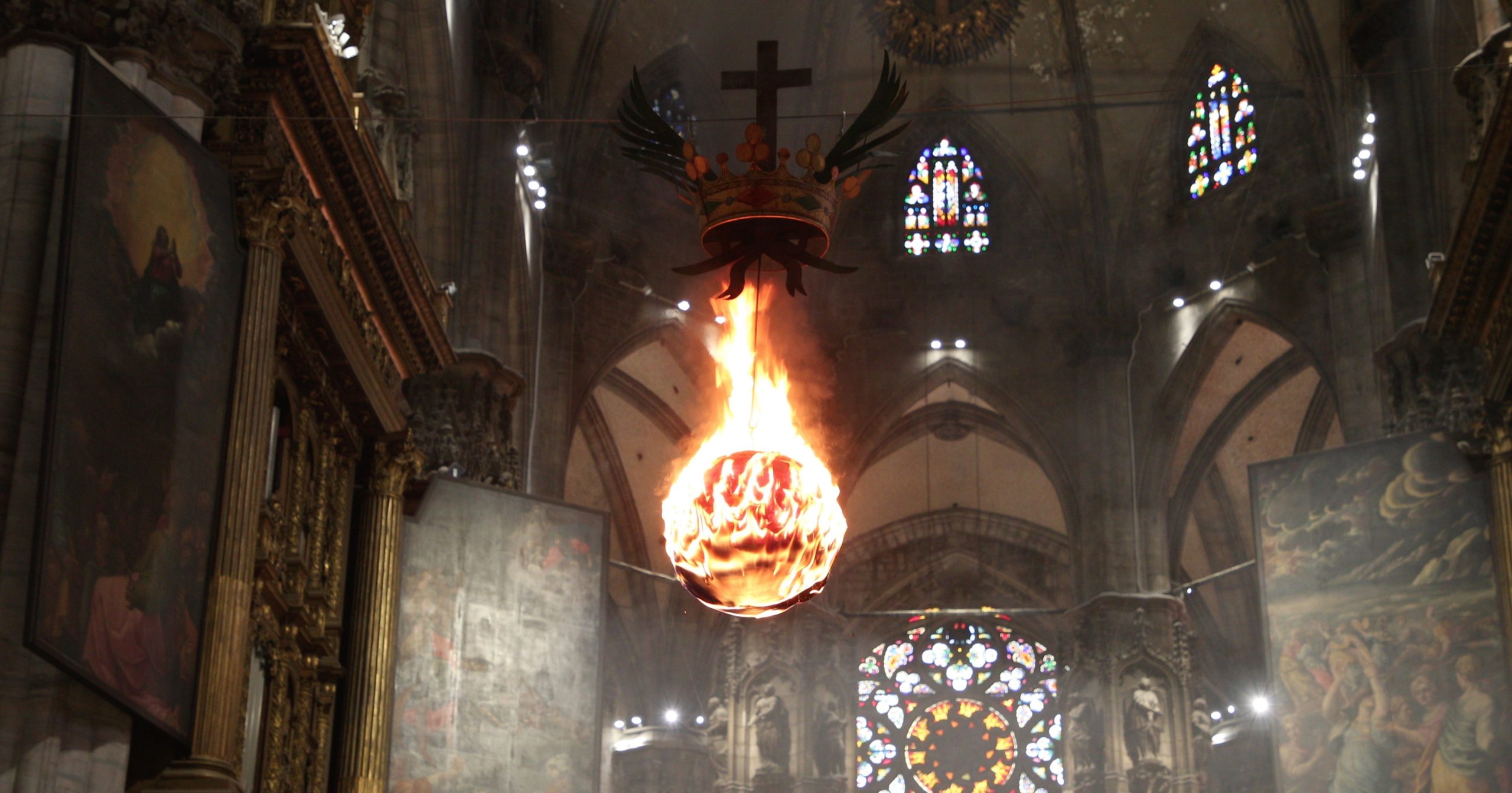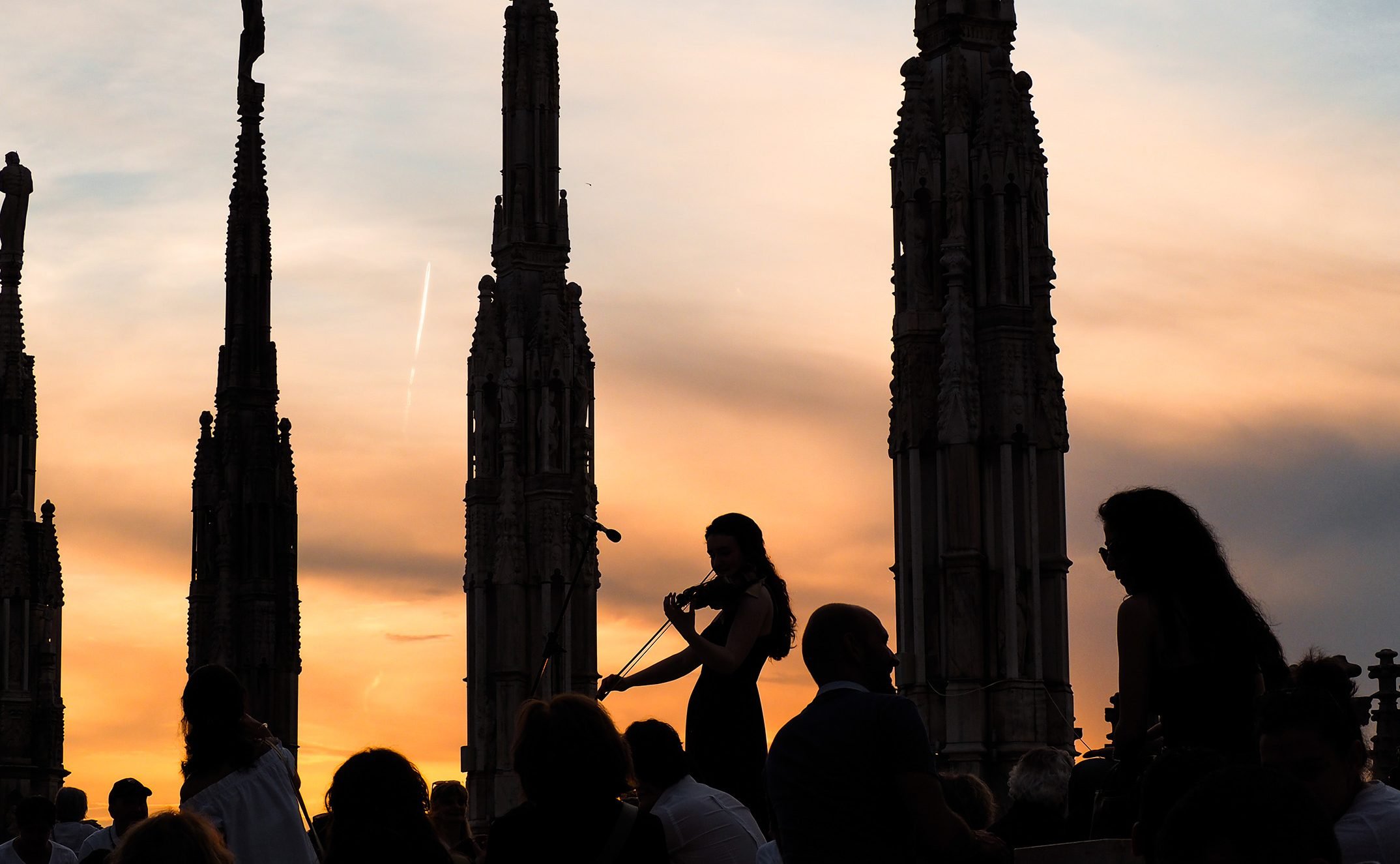Solemnity of Saint Thecla

“Rito del Faro” and Chapter Eucharist on the Solemnity of St. Thecla, Patroness of the Cathedral Parish
11 a.m. – 12.30 p.m.
You can follow the celebration in streaming on this Site (www.duomomilano.it) from the Duomo Milano Tv YouTube channel.

The cult of the Virgin Thecla, who did not hesitate to shed her blood for Christ the Lord, has been attested since the end of the 2nd century. Many churches were built in her honour: the ancient Cathedral of Milan was dedicated to her.
Bishop Ambrose repeatedly proposed Thecla to consecrated virgins as a model of faith and constant perseverance in the love of the Saviour. The name of this Martyr has been inscribed since ancient times in the Eucharistic Canon proper to the Milanese liturgy.
In the Duomo, at the beginning of the Chapter Mass, on the solemnity of the holy martyr Thecla, Patron Saint of the Cathedral Parish (this year on 29 September), one of the most evocative rites of the Ambrosian liturgy takes place: the “Rito del Faro”.
This custom certainly derives from an older tradition, probably dating back to the 7th century and, in the Milanese context, at least to the 12th century, with reference to the Duomo liturgy.
The rite characterised some particularly important celebrations, when the entrance procession had reached the altar, the so-called pharus was lit, a sort of chandelier made up of a series of lamps arranged in a crown and above which a ring of bamboo was placed, which, by burning, communicated fire to the individual lamps.
Scholars’ interpretations of this ancient rite range from the purely functional (rapid lighting of the lamps almost at the same time) to the allegorical (image of the triumph and glory of the Martyrs, on whose feast days this rite was celebrated), to the one that sees the lighting of the faro as an element that simply served to make the beginning of the liturgical celebration on extraordinary days particularly solemn.
Over time, the faro was transformed from a crown of lamps to a globe of cottonwool, hung at the entrance to the presbytery, to which the celebrant himself sets fire with three lit candles fixed to the top of a pole, at the end of the initial procession and the traditional chanting of the 12 Kýrie eléison, before ascending to the altar. In this case, the meaning of the rite alludes to the Martyr’s sacrifice of life.


